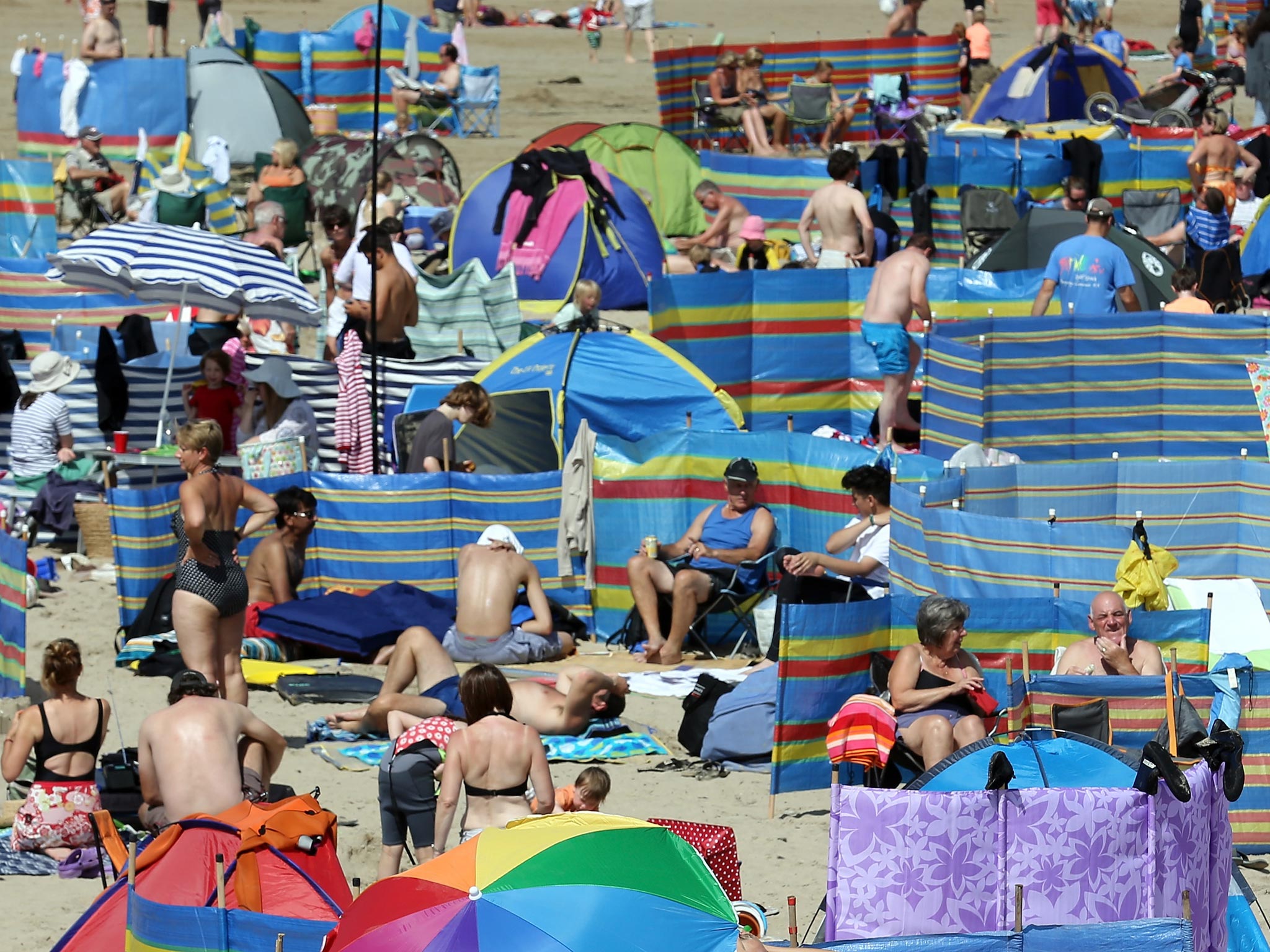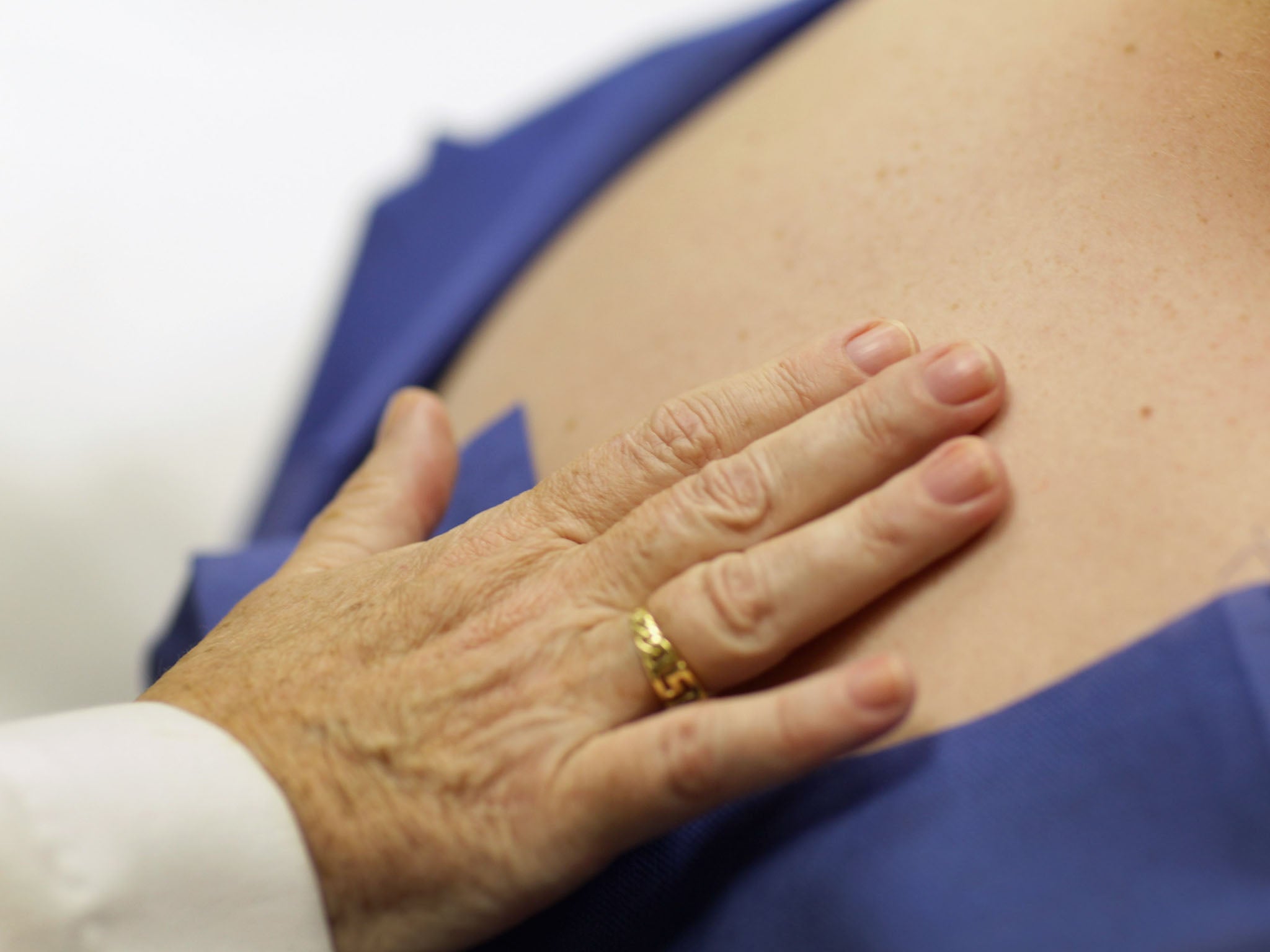UK skin cancer statistics 'shocking' as sun-worshippers ignore the dangers of exposure
But an overwhelming majority of Britons worry about melanoma

Your support helps us to tell the story
From reproductive rights to climate change to Big Tech, The Independent is on the ground when the story is developing. Whether it's investigating the financials of Elon Musk's pro-Trump PAC or producing our latest documentary, 'The A Word', which shines a light on the American women fighting for reproductive rights, we know how important it is to parse out the facts from the messaging.
At such a critical moment in US history, we need reporters on the ground. Your donation allows us to keep sending journalists to speak to both sides of the story.
The Independent is trusted by Americans across the entire political spectrum. And unlike many other quality news outlets, we choose not to lock Americans out of our reporting and analysis with paywalls. We believe quality journalism should be available to everyone, paid for by those who can afford it.
Your support makes all the difference.An overwhelming majority of Britons worry about skin cancer, but millions continue to put themselves at risk by allowing themselves to be burned by the sun, according to health campaigners.
The number of people suffering sunburn despite being aware of the dangers is “shocking”. Although more than eight out of 10 people are worried about skin cancer, 72 per cent have been burnt in the past year.
The new figures, being released by the British Association of Dermatologists (BAD) tomorrow to mark the start of Sun Awareness Week, reveal a dichotomy between widespread knowledge about skin cancer and an aversion to doing something to prevent it.
The risk of developing melanoma – the deadliest form of skin cancer – is more than doubled in those with a history of sunburn.
Doctors recommend that people check for signs of skin cancer on a monthly basis, yet 96 per cent of people fail to do this, according to BAD’s survey of more than a thousand Britons and 40 per cent never check themselves. Most people – 77 per cent – would not recognise signs of a melanoma.
Skin cancer is the most common cancer in Britain. More than 100,000 new cases of non-melanoma cancer and more than 13,000 new cases of melanoma are diagnosed each year. More than 2,100 Britons die from skin cancer every year. “With sunny days already making an appearance in parts of the UK, it is likely that this figure will remain high this year,” said Johnathon Major, spokesman for the British Association of Dermatologists.

“This is a reflection of poor sun protection habits – people underestimate the damage that sunburn can do to their skin, and many think that skin reddening is just a harmless part of the tanning process, rather than a sure sign that you have damaged your skin irreparably.”
Failure to appreciate fully the risks of exposure to the sun has led to a rise in people getting skin cancer, with hospital admissions in England having increased by 41 per cent in the past five years – from 87,685 admissions in 2007 to 123,808 in 2011.
Avoiding direct sunlight between 11am and 3pm, using sunscreen or keeping skin covered are among the ways in which people can reduce the risks, say campaigners. When it comes to spotting the signs of non-melanoma skin cancers, people should watch for marks or lumps which appear gradually and get bigger over time. They can include sores that don’t heal, and scaly patches of skin which are red and inflamed. A sign of melanoma skin cancer can be an irregular shaped mark which can be uneven in colour. If people are in any doubt they should go to their GP, according to BAD.
“Rising skin cancer rates are a major health concern for the UK,” warned Professor Charlotte Proby, chair of BAD’s skin cancer prevention committee. “Some dermatology departments are stretched to capacity trying to keep up with cases.
“Many people in the UK are aware of the dangers; however, this has yet to translate into a culture of sun protection and skin checking, which would do a lot to curb the incidence and deaths from this disease.”
A report on the state of dermatology services, released by the King’s Fund last Thursday, also warned: “Skin-cancer rates are rising, and half of all specialist activity now relates to the diagnosis and management of skin lesions.”
Staff shortages, poor training and variations in the quality of treatment are among the challenges facing dermatology departments, the report says, and an ageing population will place them under further pressure “as some common conditions, particularly skin cancer, occur much more frequently in the elderly”.
Join our commenting forum
Join thought-provoking conversations, follow other Independent readers and see their replies
Comments